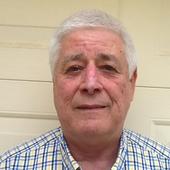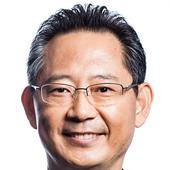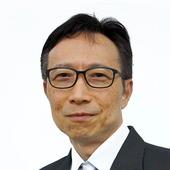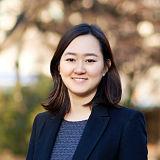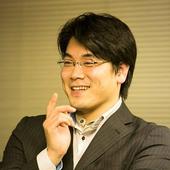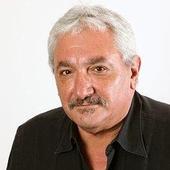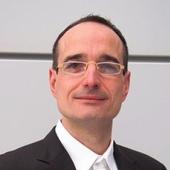Agenda
-
Chair
-
Coffee and Registration
- Session 3: Industry Specific Case Studies
-
Cosmetic product safety risk assessment in ASEAN: challenges
- The current scope of the ASEAN Cosmetic Directive
- New initiatives and perspectives
- Future considerations
-
Toxicological risk assessment in household care products
- An exposure-based risk assessment approach
- Safety assurance of intended ingredients and trace chemicals
-
Q&A
-
Refreshments
- Part two – toxicological risk assessment for occupational health
-
Human health protection through chemical stewardship
- Major challenge in chemical prioritization due to inconsistent hazard classification leading to inaccurate assessment of public health risks
- Adoption of the most stringent classification using multi-country GHS regulatory database with application of hazard scores provides a useful approach to prioritize CMRs
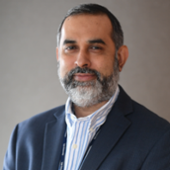 Salmaan H Inayat-Hussain
Head, Environment, Social Performance & Product Stewardship Group Health, Safety & Environment, PETROLIAM NASIONAL BERHAD
Salmaan H Inayat-Hussain
Head, Environment, Social Performance & Product Stewardship Group Health, Safety & Environment, PETROLIAM NASIONAL BERHAD -
Singapore – case study. Update on fit testing of hearing protective devices in a hearing conservation program
- The objective of a Hearing Conservation Program (HCP) is to minimize the risk associated with occupational noise exposure and to prevent Noise Induced Hearing Loss (NIHL).
- Individual fit testing of hearing protective devices is changing the practice of hearing loss prevention and an emerging trend in hearing conservation. It provides an objective, quantitative measurement of each employee's attenuation level for the chosen hearing protector thus enabling the employer to better protect the workforce through proper hearing protector size selection and fit.
- An overview of current issues associated with relying on noise reduction ratings on packaging, why the need for fit testing and the benefits of fit testing of hearing
protective devices.
-
Updates from Korea’s Occupational Safety and Health Act (OSHA)
- Major amendment of Occupational Safety and Health Act
- GHS implementation in South Korea
- Occupational exposure limit under OSHA
-
Q&A
-
Lunch
-
Risk Assessment for Toxicological Health in Japan
- 13th Occupational Safety & Health Program
- Kao's approach: SAICM to promote sound chemical management 2020
-
The history of occupational exposure limits in Australia
- The evolution of workplace exposure standards (WES) in Australia
- Current review underway of the WES
-
Refreshment break
-
Human health risk assessment in Europe
-
Q&A
-
Close of Forum

